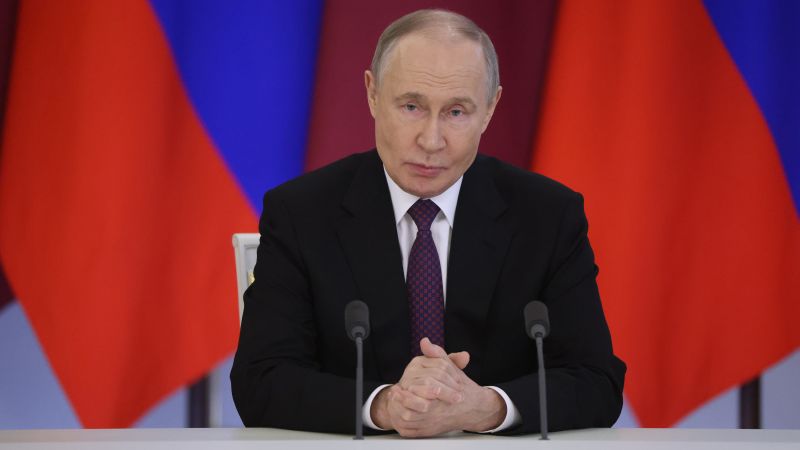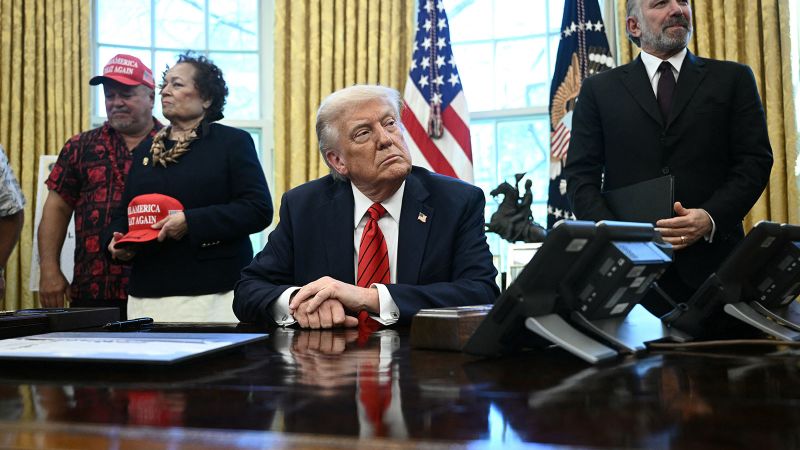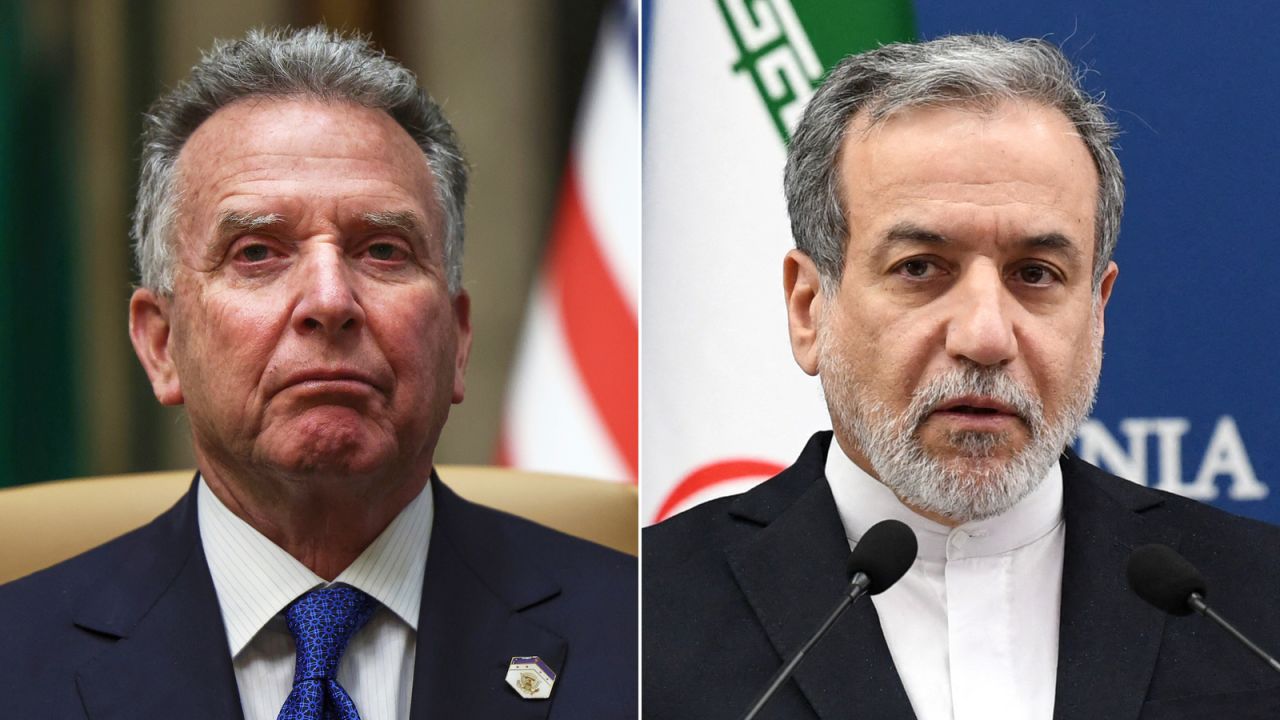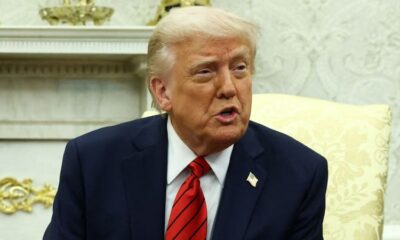Jeddah, Saudi Arabia
CNN
—
Ukrainian President Volodymyr Zelensky said Tuesday that Ukraine had accepted a 30-day ceasefire proposed by the United States, following critical peace talks between US and Ukrainian officials in Saudi Arabia.
The ceasefire proposal accepted by Ukraine covers the entire front line of the fighting with Russia, not just the air and sea, Zelensky said after the more than eight-hour long meeting.
“Ukraine accepts this proposal, we consider it positive, we are ready to take such a step, and the United States of America must convince Russia to do so,” Zelensky said, adding that the ceasefire would start the moment Moscow agrees to it.
The United States said in a joint statement with Ukraine following the meeting in Jeddah that it would “immediately lift the pause on intelligence sharing and resume security assistance to Ukraine.” A Ukrainian official confirmed on Tuesday that US security assistance to Ukraine had resumed.
US Secretary of State Marco Rubio said immediately after the meeting that the onus is now on Russia to take steps to end the war. “We hope that they’ll say yes, that they’ll say yes to peace. The ball is now in their court,” he said of the Russians.
US President Donald Trump later welcomed the news and vowed to speak with Russian President Vladimir Putin about the plan, potentially this week.
The developments will be a huge relief for Kyiv after the extraordinarily public blowup between Trump and Ukraine’s leader less than two weeks ago.
Tuesday’s talks occurred at a crucial time in the war, as Moscow’s forces continue to advance in the Kursk region of Russia – where Ukraine launched a shock incursion in August – threatening Kyiv’s sole territorial bargaining counter.
The US-Ukraine joint statement emphasized that Kyiv had “expressed readiness to accept the US proposal to enact an immediate, interim 30-day ceasefire, which can be extended by mutual agreement of the parties, and which is subject to acceptance and concurrent implementation by the Russian Federation.”
“The United States will communicate to Russia that Russian reciprocity is the key to achieving peace,” it said.
Zelensky said Ukraine’s proposals for the ceasefire had included “silence” in the sky and at sea, the release of Ukrainian prisoners “to establish confidence in this whole situation,” and the return of Ukrainian children from Russia.
The two sides also agreed to conclude a rare minerals deal “as soon as possible” to expand Ukraine’s economy and guarantee the country’s long-term security.
The Ukrainian delegation, which did not include Zelensky, met with US Secretary of State Marco Rubio and National Security Adviser Mike Waltz. Both Rubio and Waltz attended direct talks with Russia last month.
Trump and European allies welcome ceasefire plan
The US president heralded the news, telling reporters at the White House, “Hopefully President Putin will agree to that also and we can get this show on the road.”
“I think it’s a very big, I think it’s a big difference between the last visit you saw in the Oval Office, and that’s a total ceasefire,” Trump said, referencing last month’s explosive Oval Office confrontation.
“Ukraine has agreed to it, and hopefully Russia will agree to it – we’re going to meet with them later on today and tomorrow, and hopefully we’ll be able to (work) out a deal,” the president said. “But I think the ceasefire is very important, if we can get Russia to do it, that’ll be great. If we can’t, we just keep going on, and people are going to get killed.”
Pressed in a follow-up exchange on if he’d invite Zelensky back to the White House, he told reporters, “Sure, absolutely.”
Trump added that he hopes to speak with Putin later this week and that he hopes a ceasefire between Russia and Ukraine will take effect “over the next few days.”
“I’ll talk to Vladimir Putin, I want to get – look, that’s the other, it takes two to tango, as they say, right?” Trump said. “So hopefully he’ll also agree.”
European leaders were quick to endorse the ceasefire proposal, days after pledges were made to rearm the continent amid fears the US was ripping up 80 years of security guarantees.
The European Union called the agreement a “positive development,” while British Prime Minister Keir Starmer congratulated the leaders of both countries on a “remarkable breakthrough.”
Estonian Foreign Minister Margus Tsahkna said the talks are “an important step toward a just and lasting peace in Ukraine,” but added that “the responsibility rests solely on Russia.”
Other European officials from countries including The Netherlands, Sweden, the Czech Republic and France – whose President Emmanuel Macron proposed a one-month truce earlier this month, a plan backed by the United Kingdom – also welcomed the news.
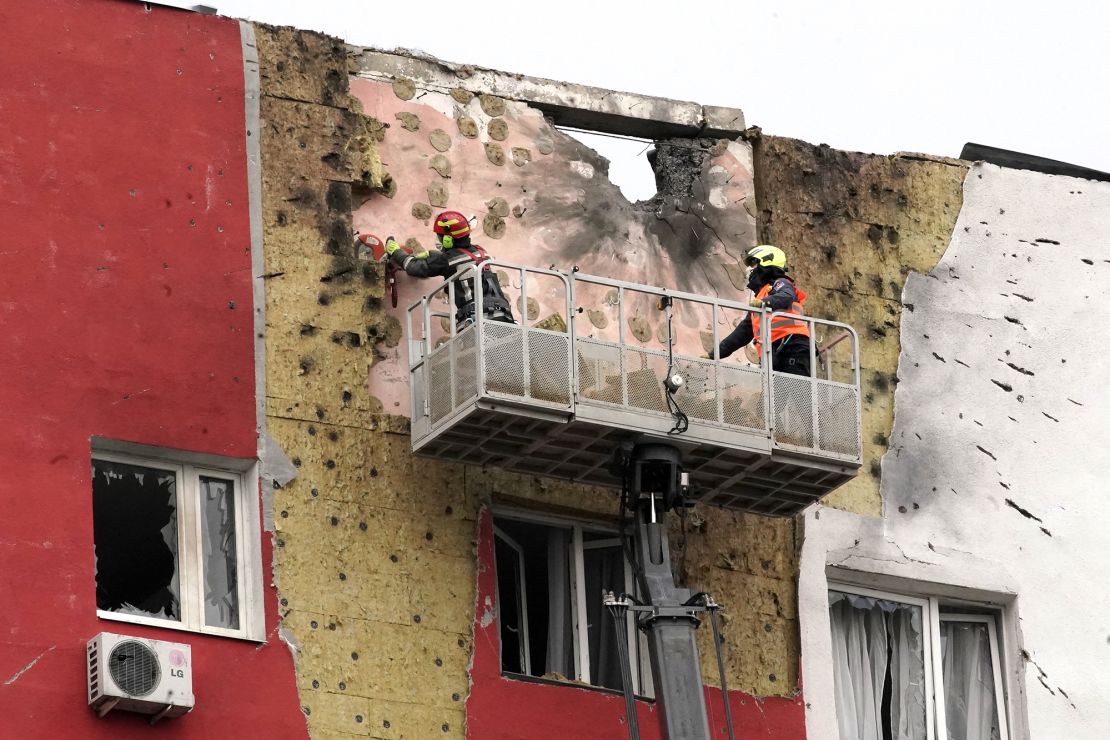
The Ukrainian and American officials met in Jeddah just hours after Russia said it was hit by a “massive” Ukrainian drone attack. Moscow’s defense ministry said it had downed 337 drones it claimed Ukraine had fired at Russia, of which 91 had targeted the Moscow region. Local officials said three people were killed and at least six wounded.
If the figure is confirmed, the aerial attacks would represent one of the largest on Russia since its invasion of Ukraine, and a clear attempt to show strength on the part of Kyiv.
Russian forces currently occupy nearly 20% of Ukraine’s territory, up from the roughly 7% Moscow controlled before it launched its unprovoked full-scale invasion in February 2022. Some 6 million Ukrainians live under Russian occupation.
Putin has made clear that he wants Moscow to gain control over the entirety of Ukraine’s eastern Donetsk, Luhansk, Kherson and Zaporizhzhia regions.
According to the Institute for the Study of War, a US-based conflict monitor, Russia currently occupies about 99% of the Luhansk region and 70% of the Donetsk region, as well as roughly 75% of both the Kherson and Zaporizhzhia regions.
CNN’s Billy Stockwell, Daria Tarasova-Markina, Michael Rios and Donald Judd contributed to this report.


